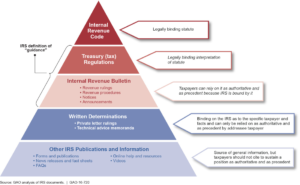In the wake of tax reform, taxpayers and practitioners alike are anxious for guidance and clarification on how the new laws impact transactions and reporting positions. The Internal Revenue Service (IRS) has previously stated that implementing tax reform is its highest priority, but that issuing guidance on the entire bill would likely take a substantial amount of time. Since December 2017, the IRS has published a host of notices, revenue procedures and administrative guidance. In some instances, the guidance was mechanical (e.g., Notice 2018-38), and in others it was more substantive (e.g., Notice 2018-28, Notice 2018-18, Rev. Proc. 2018-26).
On May 31, 2018, the IRS announced an “all hands on deck” effort to implement tax reform through 11 groups working closely with the Treasury Department. The IRS originally stated that it did not plan to release any more proposed regulations before the end of the year. Instead, it would issue tax Forms (with instructions) that would need to be filed by taxpayers before the end of the year. On June 7, 2018, the IRS explained that it does plan to issue proposed regulations “covering all major portions” of the bill starting in September and ending in December 2018 (the IRS specifically plans to finalize the temporary aggregation regulations by September to stop them from sunsetting). The IRS reported it is in “very good shape” to meet these deadlines. Additionally, at a recent American Bar Association Section of Taxation meeting, IRS international counsel acknowledged year-end financial reporting for global companies and stated that international tax regulations are intended to be released in the fall instead of the end of the year. Regulations under Internal Code Section 965 are planned for issuance this summer, and other areas of guidance include global intangible low-tax income, also known as the GILTI tax.
read more

 Subscribe
Subscribe





